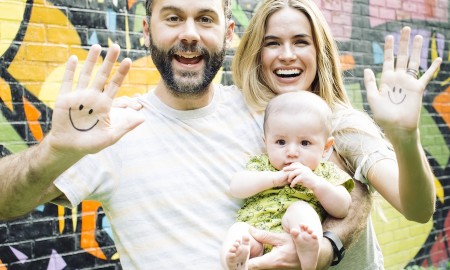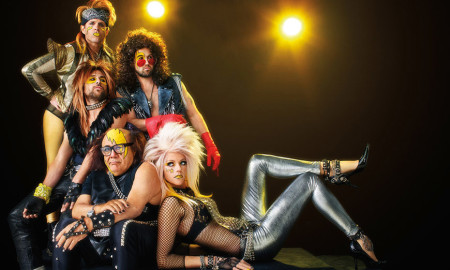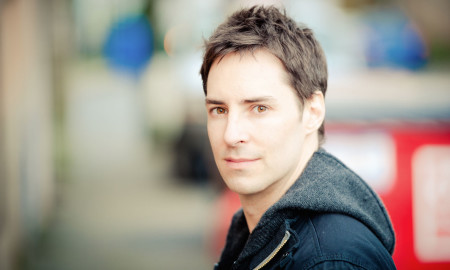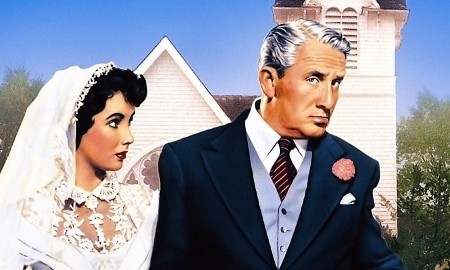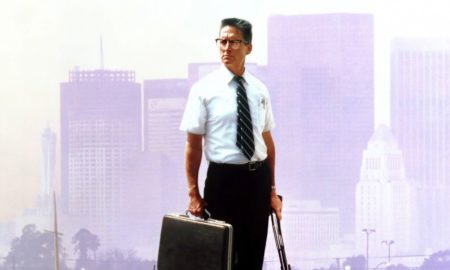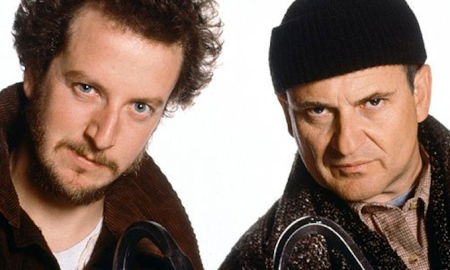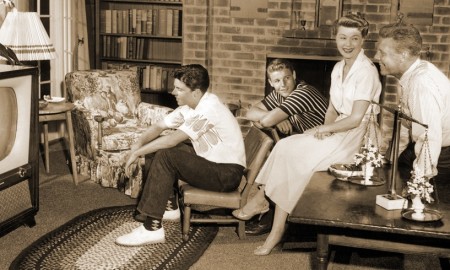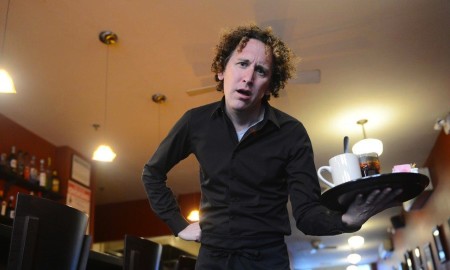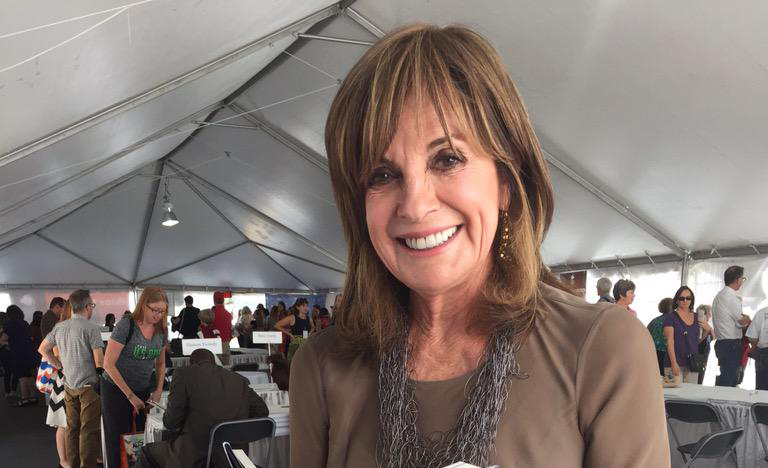

“How sweet is that,” Linda Gray observes, “to have a group of people who you’ve never seen in your life, and they’ve known you forever?”
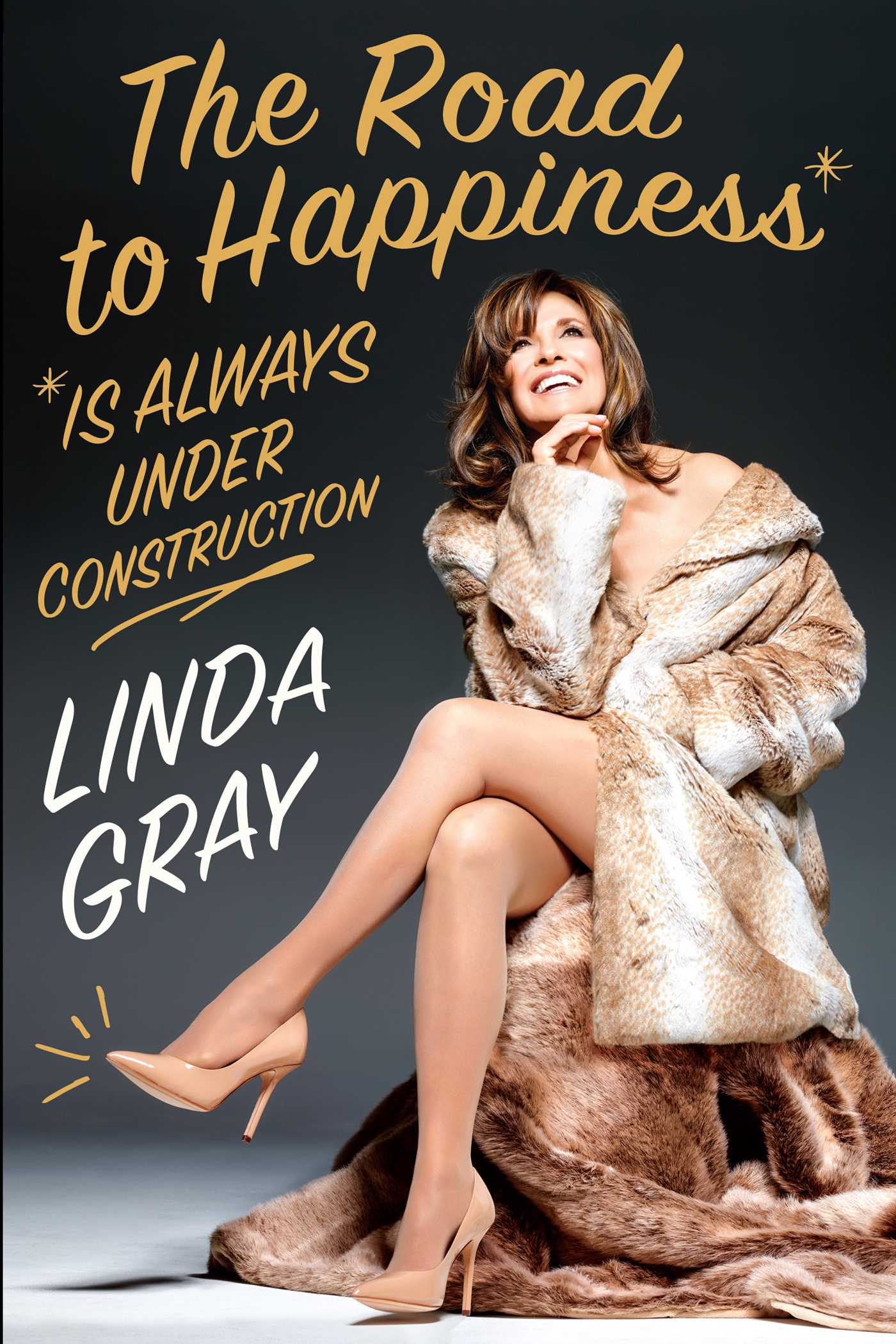
I wouldn’t know, but Linda Gray does. To generations, she’s as familiar as it gets, on Dallas as J.R. Ewing’s long-suffering wife, Sue Ellen, with the oversized shoulder pads and the hairdo that went poof.
Incidentally, may I have a dollar for every time Sue Ellen is described as “long suffering?”
“I tend to choose — obviously — dysfunctional characters,” she says of the much-beloved Sue Ellen, who suffered for a long time. “As an actor, I go really deep and find out, ‘who is this lady?'”
How did the California native and TV commercial model learn how to portray Sue Ellen? By doing a little shopping, and not just for clothes.
“In the first five shows, in Texas, I didn’t have much to do,” she recalls. “So I would go to Neiman Marcus and study the women, listen to them. I needed to research, because I had never been to Texas. I wanted to know, who are these Texas women?”
She kept the dysfunctional going when she played Mrs. Robinson in a stage version of The Graduate in London. And to maximize the irony, the pair of luscious, comely legs on the original Graduate movie poster belonged not to star Anne Bancroft, but to parts model Linda Gray. Most people don’t know that, but now they will, by reading Linda’s new memoir, The Road To Happiness Is Always Under Construction.
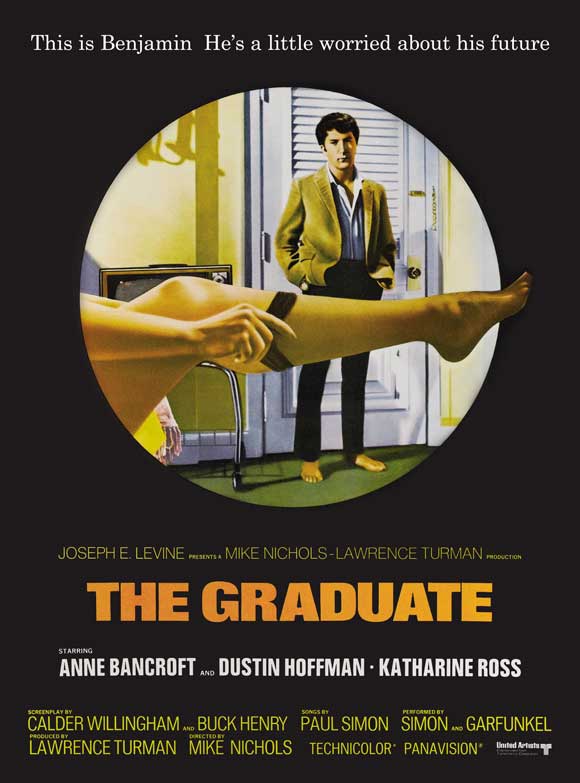
“Like Sue Ellen, Mrs. Robinson had a very complicated and dysfunctional marriage,” Linda says. “That led her to going after the lovely, unsuspecting Benjamin, to have some fun. But that still didn’t cover up the fact that she was very dysfunctional.”
However, a cold marriage to Mr. Robinson would be a picnic in the park compared to the crazy bad idea of exchanging nuptials with J.R. Ewing. The role was sheer deliciousness, almost as juicy as J.R.’s increasing sociopathology.
Linda says of Sue Ellen, “I never got tired of playing her.”
However, like all long-running shows, the long-suffering got old.
“I didn’t get tired of the character, but I got tired of the plotline, especially after Season 8,” she admits. “Women were changing, and we certainly had more to give than having affairs and drinking. [The show’s producers] patronizingly said to me, ‘but you do it so well!’ When you look back at the original show, Dallas was a very male, chauvinistic, sexist show. In Season 8, I said, ‘hey guys, I’m bored!’ That’s when I said I wanted to direct.”
However, in the summer of 1980, directly after getting over its disco fever, the nation was gripped with “Who Shot J.R?” fever. Linda was one of maybe a handful of human beings on the planet who actually knew the answer to the mystery, before it aired to astonishingly record-breaking audiences that September.
“When it’s revealed that ‘Kristen’ did shoot JR, it’s done in voiceover,” she explains about that famous, much-anticipated episode, and it was Linda herself who did the voiceover. “They took me into a recording booth, and they said, ‘this is what you’re saying.’ There was a writers’ strike at the time, so I had to hold that knowledge for a long time. It was hard, because I knew.”
She played directly opposite Larry Hagman, who, for a short time, became the most-watched/obsessed-on mortal on Earth after President Carter and Rula Lenska. Off-screen, Linda and Larry became life-long platonic, supportive friends.
Did the universal adulation of J.R. go to his ten-gallon hat?
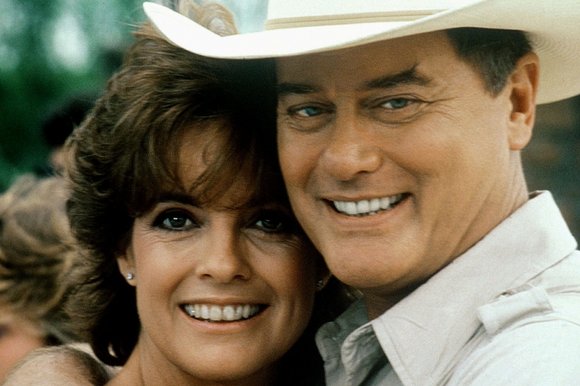
“Probably,” she hypothesizes. “If you’re the biggest, most iconic character in the world. It was the role that Larry was put on the planet to play, in my estimation. I think that I Dream of Jeannie was just a warm up. He hit his stride with Dallas. Because of his innate humor, and because his mother was Mary Martin and he grew up in an entertainment-industry family, it may have gone to his head, but he also handled it better [than somebody else may have].”
With all these Dallas stories to tell, and then some, the time has come for Linda’s memoir, which includes detours, roadblocks and dead ends from that road to success. Lowlights: 20 years in a loveless marriage, the death of her sister, an alcoholic, unfulfilled mother, and a devastating childhood bout with polio.
Why now? Her answer: “Why not?”
“I have been through a lot, as we all have,” she tells me. “We all have a story. Every single one of us. You’re not going to get away with having a very flat life. It’s the way that we deal with it that lets you survive or not survive.”
The book matches each lowlight with a highlight, and is filled with survival advice and rules of thumb for feeling young, beautiful and happy. She’s her own best example; the education of Linda Gray has helped her to become her own Graduate.
“There are two words I use in the book a few times,” she says. “Choose wisely. We all have that choice. The words that come out of our mouth, the food we put in our mouth, the thoughts we think, the people we choose to have as friends, What are we saying with our words? Are they hurtful? Are they uplifting? It’s up to us to choose. To live a happy life, you choose.”
Any advice for us to not feel old, and to be less long-suffering?
“Stay curious about everything” she says, “especially for people who are older. Go to computer workshops at the local college. I don’t want to be left behind. I don’t want to struggle. I mess up, but I keep going back. You can choose to be old and grumpy and turn to stone. I don’t want to have a life like that. I want to be curious.”
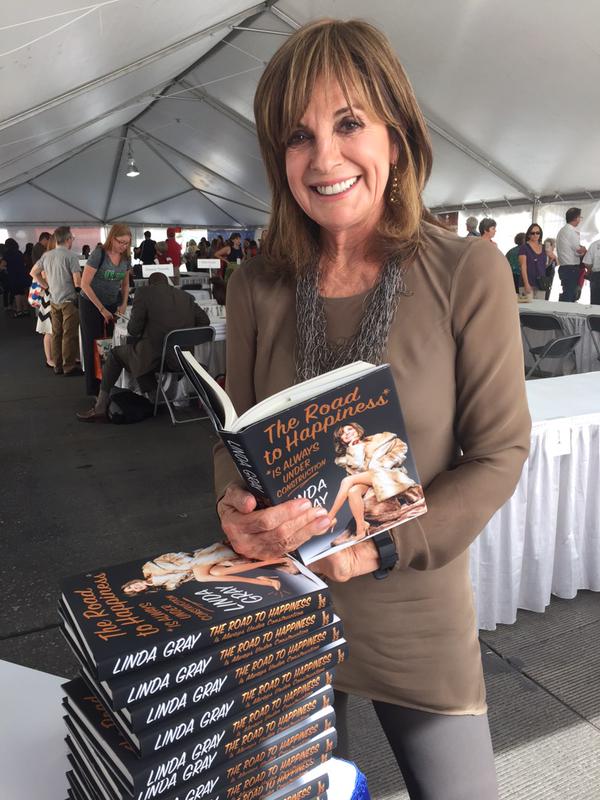
For her, that curiosity extends to travel and people.
“Because I travel so much and because I talk to so many women around the world,” she says, “I had experienced the same conversations with a lot of people. They married the wrong man, they felt trapped, there was just no love there. They kept hanging in, like I did.”
Unlike today, Linda is sharing her life experience with her many fans and admirers, especially those who are old enough to remember a time where thoughts and revelations were described with more than 140 characters.
“We didn’t grow up with tools,” she says of the millions of unfulfilled women of the past, including her own mother, who gave up her dreams of becoming a fashion illustrator and a ballerina in order to become a wife and mother. “We didn’t have 800 numbers to call for help and counseling. We just had to plow through on our own and hope for the best.”
The best did come, eventually; the kind of best that comes with balancing a gig on a monster-hit TV series while raising two children. And with that, comes the mother guilt, but for Linda, it was a work-through process rather than a lifelong albatross.
“As you grow up, you dump the guilt and you dump the criticism,” she says. “We’re all trying to do the very best that we can. One foot in front of the other. [My mother] turned down her dream in exchange for motherhood. That’s why I didn’t turn down Dallas, because my mother turned down her dream. I didn’t want to end up like my mom if I gave up my dream.”
So, Linda, with all the knowledge you’ve learned and earned, what would you say to your younger self, that little girl in bed, suffering from polio?
Her answer: “Hang in there, girlfriend.”
Find out more about Linda Gray here.
Check out Linda’s book here.


